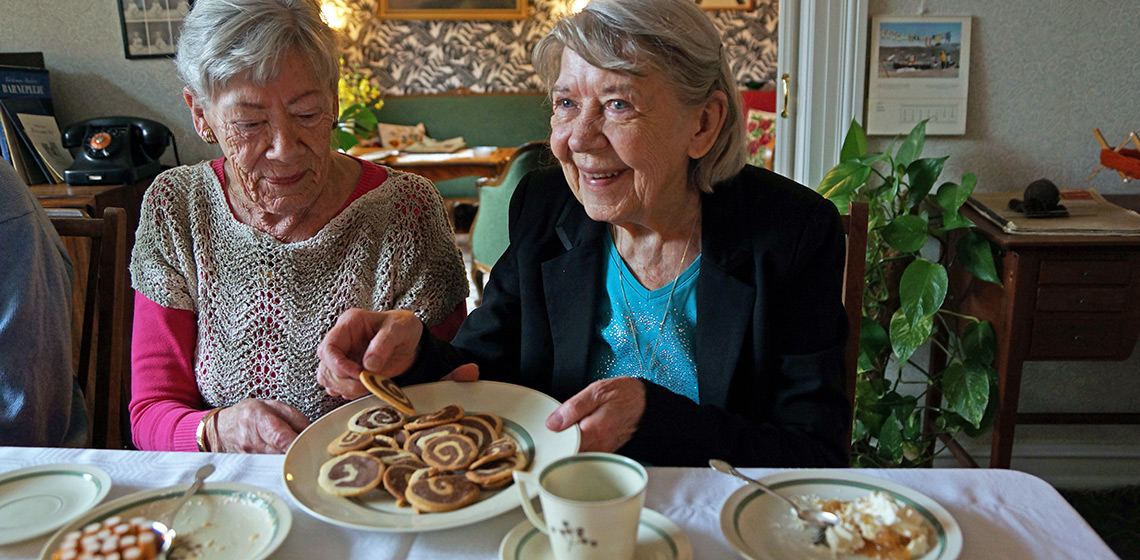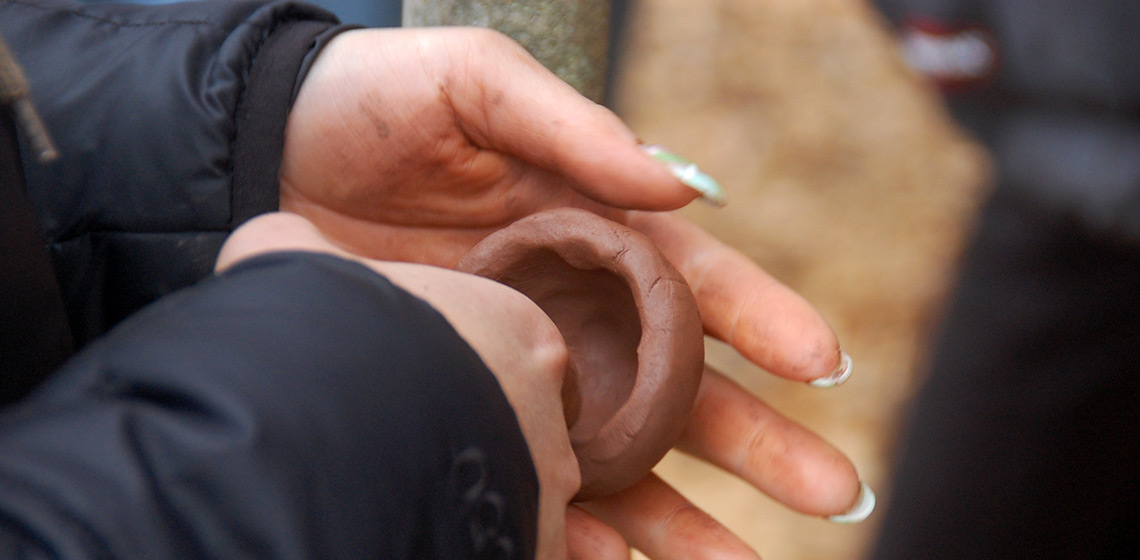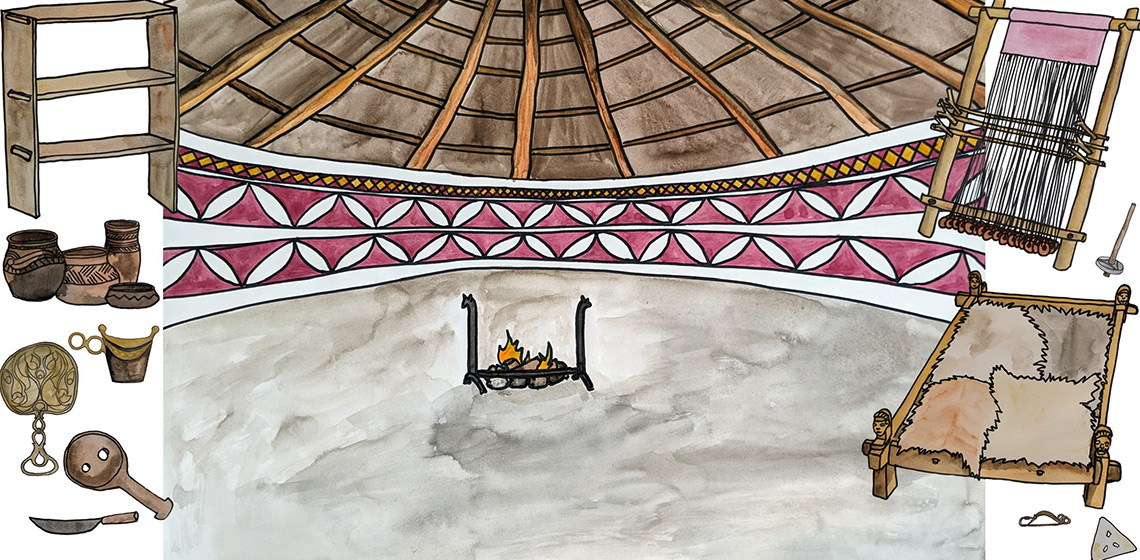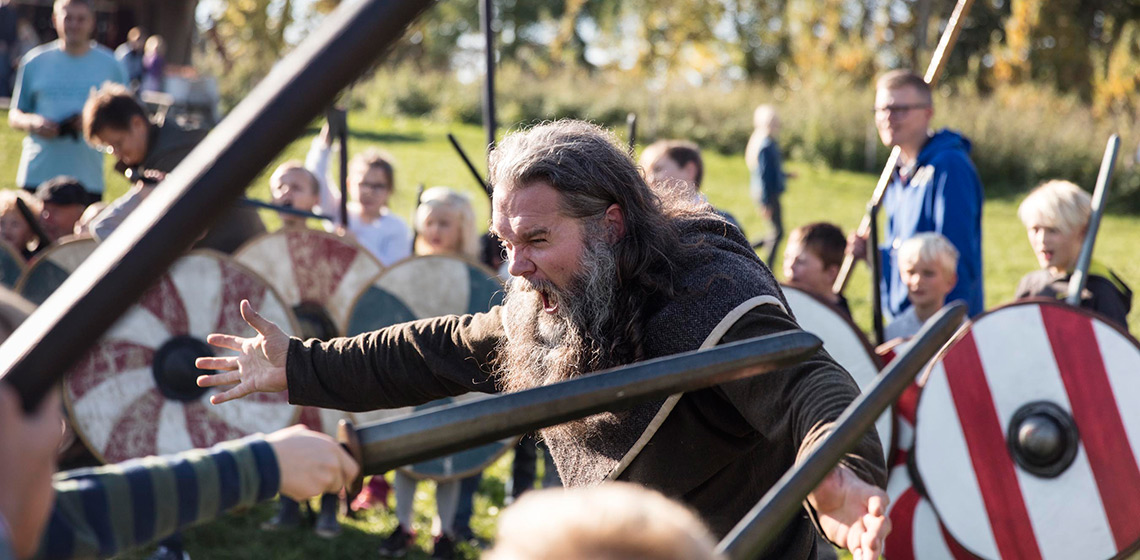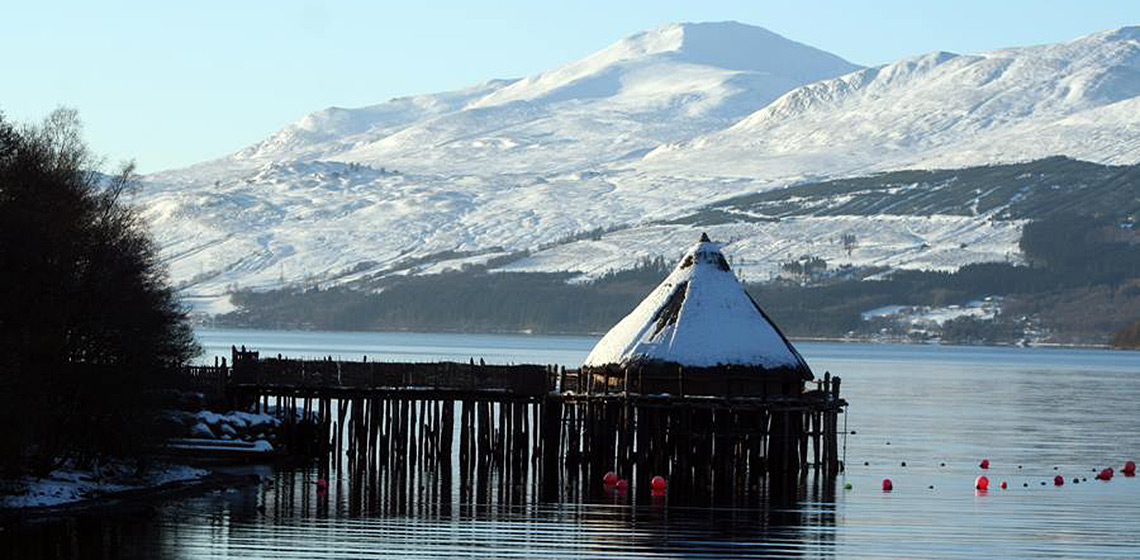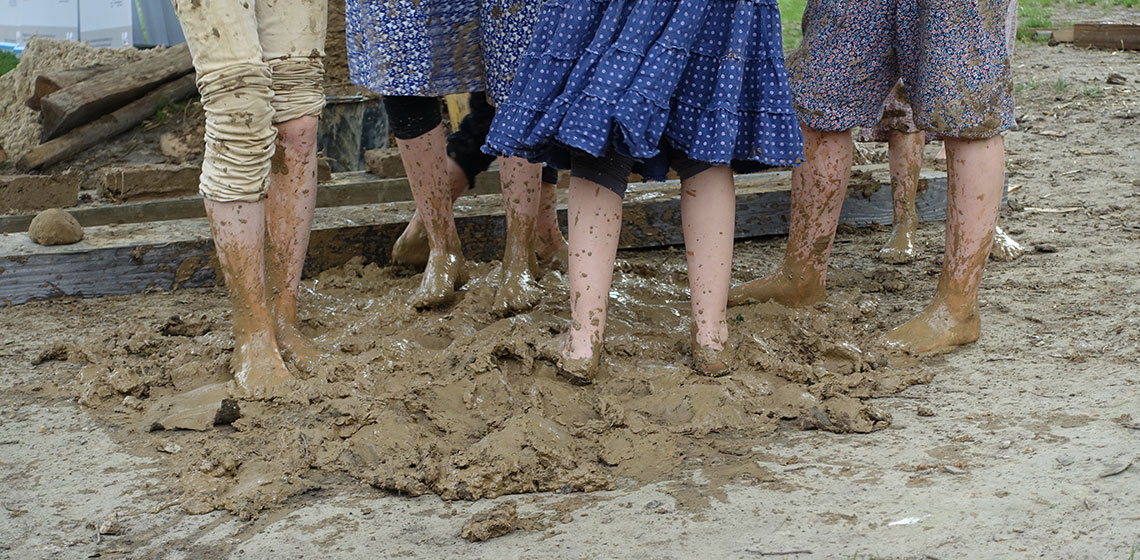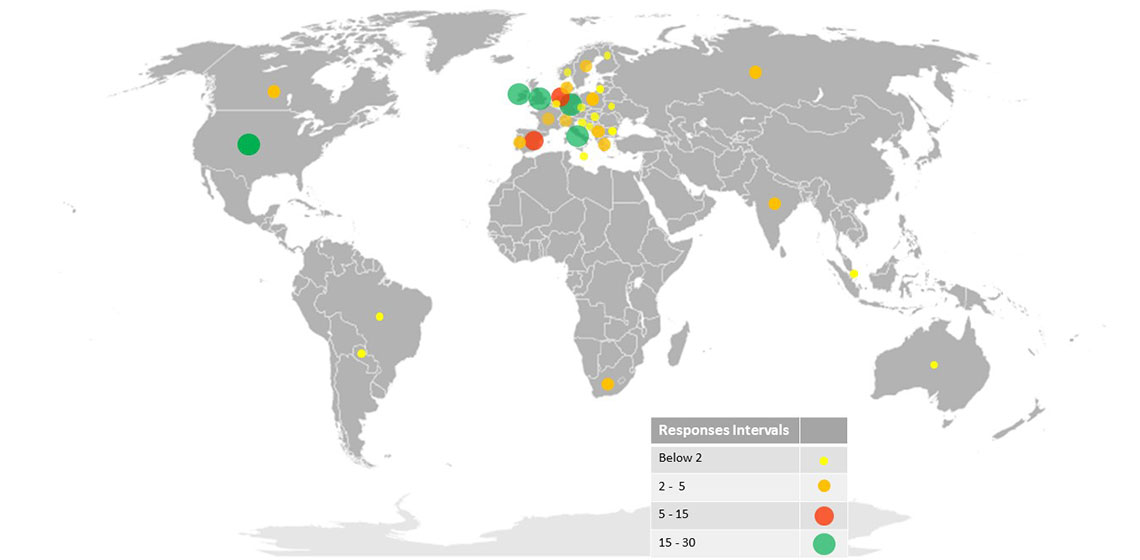public
“I’m really sorry my wife is not here today. She thinks I’m off my head.” How Open-air Museums can Create Programmes for People Affected by Dementia - Examples from Den Gamle By (DK)
Publication Date
Den Gamle By is the largest open-air museum in Denmark. Since 2004, the museum has run special programmes for elderly people with dementia, and these programmes have been shown to strengthen the elderly people’s memories, as well as improving their well-being...
Pottery at the Scottish Crannog Centre
Publication Date
The Scottish Crannog Centre, an open-air museum on Loch Tay in Highland Perthshire, has been able to do some really meaningful, powerful work over the past 12 months focusing on the power of prehistoric pottery! Supported by the Esmee Fairbairn Collections Fund and the Headley Trustand Art Fund, the project has led to new relationships, a new strategic partner for the organisation and ...
Exploring the Potential of Shared Authority Projects in Open-Air Museums
Publication Date
#EAC12 World Tour 2021
***As our societies become more diverse and the demographics of heritage visitors change, many open-air museums are concerned about how to remain relevant. Making a shift to an activist approach is one way museums can evolve to better serve their visitors and community. Many traditional museums have adopted this approach, but relatively few open-air museums have done so...
***As our societies become more diverse and the demographics of heritage visitors change, many open-air museums are concerned about how to remain relevant. Making a shift to an activist approach is one way museums can evolve to better serve their visitors and community. Many traditional museums have adopted this approach, but relatively few open-air museums have done so...
Facilitated Dialogue: An Emerging Field of Museum Practice
Publication Date
The notion of dialogue is considered essential in contemporary museology. Since the 1970’s, when Cameron (1971) put forward the idea of museums as forums rather than temples, dialogue is linked to the process of democratization of museum functions and narratives and the inclusion of local communities (Sandell, 2002)...
Warrior Training in Sagnlandet Lejre – An Exercise in Community, Camaraderie and Cooperation
Publication Date
Sagnlandet Lejre is a Knowledge Pedagogical Activity Centre that explores, disseminates and preserves knowledge and trades on traditional historical and prehistoric crafts and living. Since 1964, as the Historical Archaeological Dissemination and Research Centre, Sagnlandet Leire has been a Historical Workshop that makes abstract knowledge concrete, and makes the complex, simple...
Reaching Out to the Communities We are Here to Serve: Developments at the Scottish Crannog Centre
Publication Date
The Scottish Crannog Centre is a small archaeological open-air museum on Loch Tay in Perthshire. It originally operated as a visitor attraction, giving people a glimpse into life in the Early Iron Age through demonstrations of ancient skills and guided tours of a reconstructed crannog – loch dwelling – based on discoveries and excavations made by the Scottish Trust for Underwater Archaeology...
Engaging Diverse Audiences at the Archaeological Open-Air Museum Düppel in Berlin – Practical Examples and New Strategies
Publication Date
2018 EXARC in Kernave
***In 1939, a boy called Horst Trzeciak was playing on a piece of land on the outskirts of Berlin. While playing, he found a number of pottery sherds. In an exemplary fashion he brought the sherds to the “Märkisches Provinzialmuseum”, which was, at that time, the city museum of Berlin...
***In 1939, a boy called Horst Trzeciak was playing on a piece of land on the outskirts of Berlin. While playing, he found a number of pottery sherds. In an exemplary fashion he brought the sherds to the “Märkisches Provinzialmuseum”, which was, at that time, the city museum of Berlin...
How to Communicate an Event to the Media
Publication Date
In 2018 a very important event took place in Russia that had worldwide impact: the Football World Cup. I'm French and we won! But aside from patriotism, the craze for this extremely popular sport can be largely attributed to the media. Without them, such an event could not have achieved such a magnitude of success. The World Cup has been explored by the media from all angles: fashion, science...
Experience and Discovery: Engaging the Public in Research. A Survey on Experimental Archaeology Contemporary Practice and Meaning – Preliminary Results
Publication Date
2018 EXARC in Kernave
***The traditional way of engaging the public with the past has changed: now, through experimental archaeology, we can have a direct, physical contact with the “past”. But, as researchers know, the means used to engage the public are the fruits of an active process of investigation, especially in experimental archaeology. Could it be possible to enable visitors to actively engage in the questioning of the past, to let them experience the discovery process?
***The traditional way of engaging the public with the past has changed: now, through experimental archaeology, we can have a direct, physical contact with the “past”. But, as researchers know, the means used to engage the public are the fruits of an active process of investigation, especially in experimental archaeology. Could it be possible to enable visitors to actively engage in the questioning of the past, to let them experience the discovery process?
Experimental Archaeology in the Scottish Highlands
Publication Date
Over the past year, Archaeology for Communities in the Highlands (ARCH) has been running a series of experimental archaeology workshops in the Scottish Highlands. ARCH is a non-profit educational charity, providing learning opportunities inside and out for all ages, always with an eye on the legacy of the event. Our experimental archaeology project was a good example of this approach...

